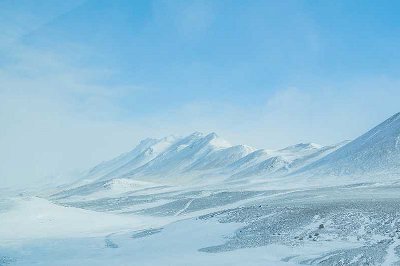10. Hernan Cortes, the man who would be Montezuma's nemesis, came from a totally different environment. He had grown up in an impoverished region of Spain. Which region, whose name in Latin literally means 'extremity', is this?
From Quiz Fall of the Aztec Empire
Answer:
Extremadura
Hernan Cortes was born in Medellin, a small town in Extremadura, Spain, in 1485. He had an education in law rather than in warfare. With hot and dry summers and terrain that yielded little income from farming it was the least populated region of Spain. Many of the impoverished population went to the New World hoping to make a fortune. The region was the birthplace of several other famous (or notorious) conquistadors such as Francisco Pizarro, Francisco de Orellana and Hernando de Soto.
In 1504 Cortes sailed to Hispaniola where he assisted Diego Velazquez with the conquest of Cuba. Velazquez became the governor of Cuba and later Cortes' brother-in-law. When in 1517 Velazquez commissioned an expedition to the mainland Cortes lobbied to be the commander of the expedition. Although by then the relationship between Velazquez and Cortes was already strained he reluctantly gave his permission, albeit under the condition that it would only be a trade mission. Velazquez later changed his mind but Cortes ignored that and went anyway.
Cortes set sail with 500 conquistadors and a number of Cuban servants to the Yucatan peninsula. There they rescued Geronimo de Aguilar, a priest who was shipwrecked a couple of years before and had learned the Maya language.
The three wrong answers are also autonomous communities in Spain.
 This quiz covers some of the history and culture of the Aztecs. The photos should add some flavour and may help you work out some of the answers.
This quiz covers some of the history and culture of the Aztecs. The photos should add some flavour and may help you work out some of the answers.  This quiz covers some of the history and culture of the Aztecs. The photos should add some flavour and may help you work out some of the answers.
This quiz covers some of the history and culture of the Aztecs. The photos should add some flavour and may help you work out some of the answers.  Quick Question
Quick Question = Top 5% Rated Quiz,
= Top 5% Rated Quiz,
 Top 10% Rated Quiz,
Top 10% Rated Quiz,
 Top 20% Rated Quiz,
Top 20% Rated Quiz,
 A Well Rated Quiz
A Well Rated Quiz